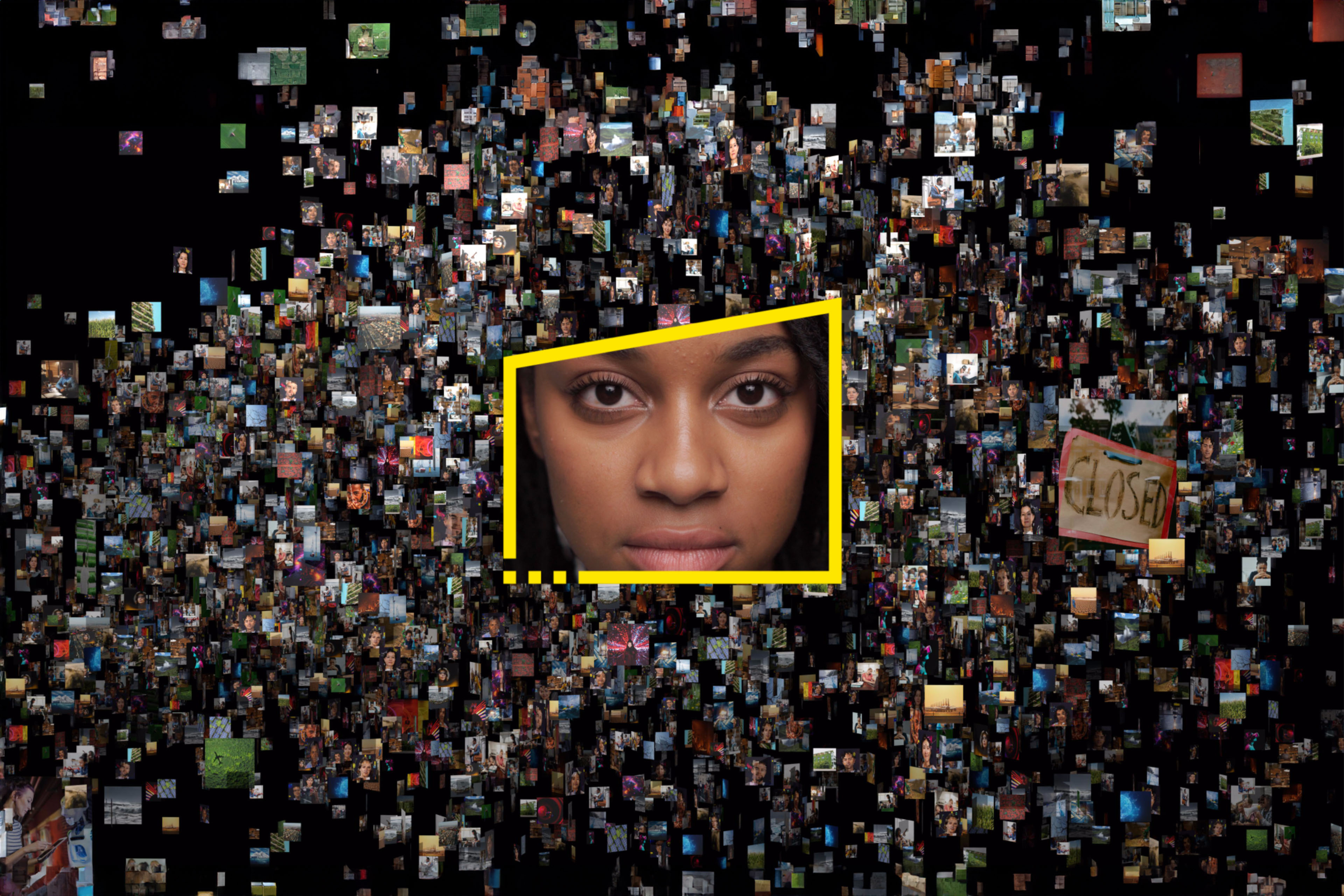The future of intelligence will require companies to rethink key aspects of their businesses, since many existing assumptions and best practices may no longer be suitable. How can companies prepare for complexity? How can they maximize the potential of hybrid intelligence, while mitigating emerging risks that threaten to undermine the cognitive abilities of their employees?
Here are three actions leaders should take:
1. Reshape organizational intelligence to be ready for complexity
Increasing complexity will strain organizational intelligence, since many of the cognitive biases documented by behavioral scientists are at odds with the ways of thinking and operating needed to thrive in complex environments.
Jennifer Garvey Berger, author and co-founder/CEO of Cultivating Leadership identifies several “mindtraps” — cognitive patterns that individuals and organizations need to be mindful of in complex operating environments. “We like simple stories, so we try to impose neat narrative structures on a complex reality,” she says. “We have a mindtrap of rightness and certainty, which is ill suited for an environment of increased uncertainty. We long for alignment and agreement, while complexity requires us to embrace disagreement and be comfortable with it.”
To reinvent organizational intelligence to thrive amid complexity, companies will need to start by identifying and addressing such mindtraps, heuristics and biases. Beyond this, companies will thrive by rethinking their organizational structures, decision-making processes, and incentives based on insights from complexity science.10
For instance, research shows that diverse organizations do better at dealing with complexity.11 Bringing in artists and creators or leveraging the untapped potential of neurodiverse workers already in the organization can increase the ability to make unexpected connections — a key need at a time when complexity can lead to surprising or counterintuitive outcomes. Businesses can and should expand the kinds of external expertise they seek, to include specialists in fields such as complexity science, behavioral science, and neuroscience.
Organizations can thrive amid complexity by tapping the power of intelligence across their networks through flatter, networked organizational structures instead of hierarchical ones. And in an environment of accelerating change, firms will succeed by adopting structures and incentives that maximize their ability to perceive changes and respond nimbly to them.
In many cases, the technologies reshaping intelligence can enable such shifts. AI could accelerate decision making and become a sparring partner to help leaders manage complexity and identify solutions. XR could put executives in immersive environments to explore the implications of future scenarios. AI’s co-thinking abilities could allow companies to delegate more authority to frontline workers, helping firms respond more nimbly to fast-changing environments.
2. Redesign technologies and work to boost human intelligence
Design shapes behavior. To boost human intelligence and avoid the behavioral risks and pitfalls identified earlier — such as overreliance and screen addictions — companies will need to make deliberate and informed design choices in their workspaces and technologies. For instance, the design of LLMs can influence their impact on human intelligence. Today, LLMs are designed to give users answers in response to prompts, which can lead to overreliance and reduce the discernment of users. Professor Pattie Maes and other researchers at the MIT Media Lab have found that if LLMs are designed to first engage users to think about a problem by posing questions, instead of immediately spoon-feeding them answers, users end up more engaged and discerning.12
Companies need to similarly pay close attention to the design of workspaces. Once again, insights from behavioral science and neuroscience can help develop evidence-based best practices that will boost human intelligence.
“It’s a myth that our brains can produce big ideas and high-quality thinking for eight hours a day,” says social psychologist Heidi Grant, Director of Research and Development in Learning at Ernst & Young U.S. LLP. “Most of us have two or three great hours, and they don’t always coincide; some of us are morning people and others are evening people. To build workspaces that foster great thinking, teams should design work environments that empower people to carve out their thinking time and protect it. Change norms around the number of calls and distractions during the day. Use insights and incentives based on behavioral science to build habits and increase curiosity.”
The good news is that the perverse incentives of the social media era that fueled negative cognitive and behavioral outcomes may now have flipped. Social media apps were consumption platforms, but AI is a productivity tool. Companies will make more money when their workers are focused and productive, rather than when they are outraged, polarized and screen-addicted. Employers are customizing LLMs with their own data; they can use the opportunity to design LLMs in ways that increase curiosity and critical thinking in their employees, instead of encouraging overreliance and intellectual laziness.
3. Redefine learning for the era of hybrid intelligence
When many business leaders think about learning and development (L&D) in the context of GenAI, they go to matters such as upskilling their workforce with AI skills. Yet, this is merely the tip of the iceberg, because education is undergoing a seismic shift, and it’s coming for the corporate world soon.
Today, this shift is most visible in primary and secondary education, where educators are grappling with both how to integrate GenAI in the classroom as well as more fundamental questions of what learning even means in the era of GenAI.
“So far, when we’ve taught writing, what we’ve really taught is a combination of thinking and writing — making orderly, logical arguments and assembling them in compelling sentences,” says Ethan Zuckerman, Professor at the University of Massachusetts, Amherst and Director of the UMass Initiative for Digital Public Infrastructure. “Well, we now have GenAI tools that are pretty competent at writing compelling sentences. So, the question becomes, how do we teach people to put together a coherent argument and think the way a writer thinks — without necessarily teaching them how to write?”
Business leaders will need to ask similar questions and challenge existing paradigms, as AI and complexity create both the imperative and the opportunity to redefine learning.
Most corporate L&D programs are structured around information transfer, for instance, communicating policies and expectations, as well as penalties for noncompliance, along with some basic testing immediately afterward. Learning is typically scheduled and conducted independent of when it is needed.
These practices need to be rethought. As GenAI takes on much basic work in the organization, the purpose of L&D programs can shift from knowledge transfer or imparting basic skills to developing deep understanding and building meta skills such as judgement and curiosity.
“In the 1960s, NASA performed a well-known study that assessed 160 five year-old children on a creativity scale,” says Hiren Shukla, Neuro-Diverse Center of Excellence Leader, Ernst & Young U.S. LLP. “It found 98 percent of them scored as creative geniuses. The same children were retested every five years, and their performance plummeted every time. By the time they were adults, only two percent of them tested at the creative genius level. What happened? We start out as inherently creative, but experience via societal expectations, educational and employment hierarchies enforce convergence — which is the antidote to creative intelligence.”
How do you redesign L&D programs to foster curiosity and engagement — while being more effective at imparting the sorts of learning people will need in a world of GenAI and complexity?
Once again, the combination of technology and evidence-based insights could be a game-changer. Seminal research by the psychologist Hermann Ebbighaus, for instance, shows that people have a steep “forgetting curve”; a huge amount of information we ingest is lost within an hour, and substantially more within a day.13
In light of this insight, how useful are learning modules that give people information months ahead of when it may be needed, and test retention immediately afterward? GenAI could enable an entirely different approach that is based on how people actually learn, retain and use information — for instance, by incorporating design features that increase engagement and curiosity, and using GenAI to provide personalized coaching at the time when it is actually needed.








